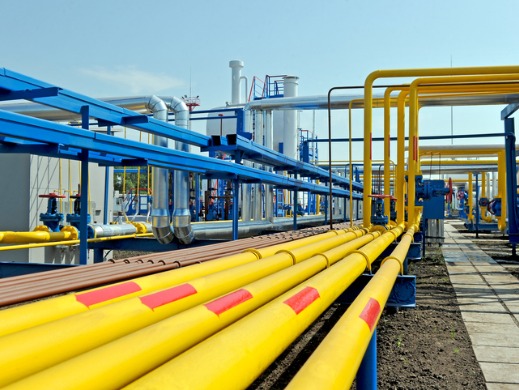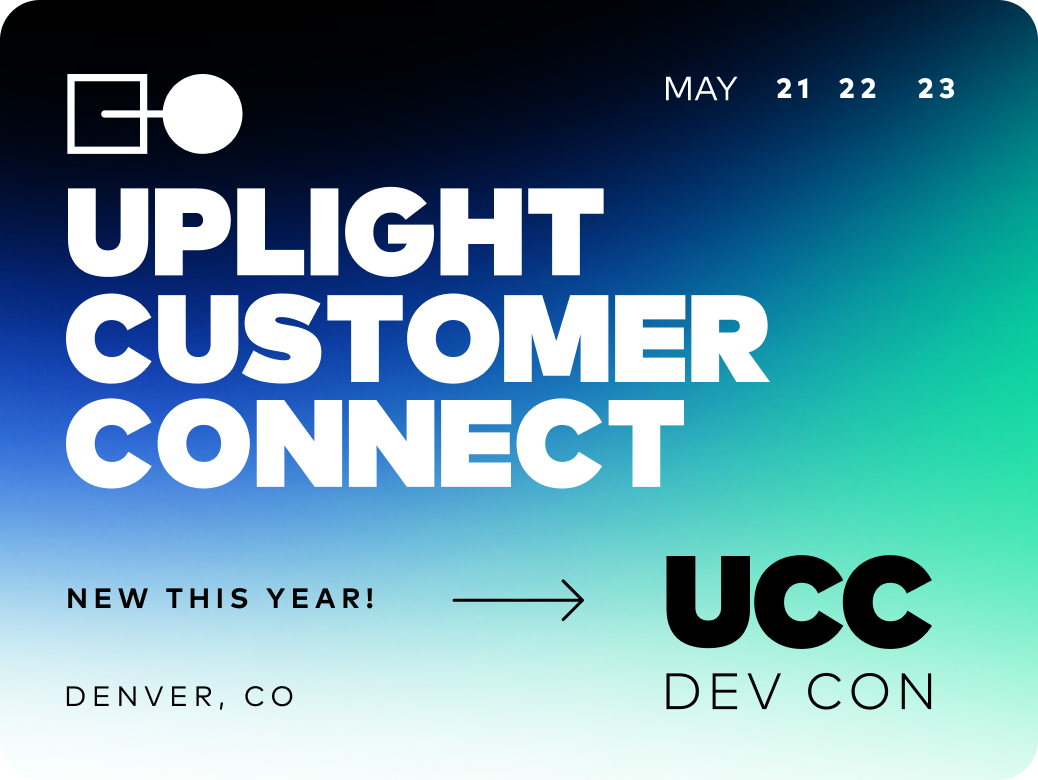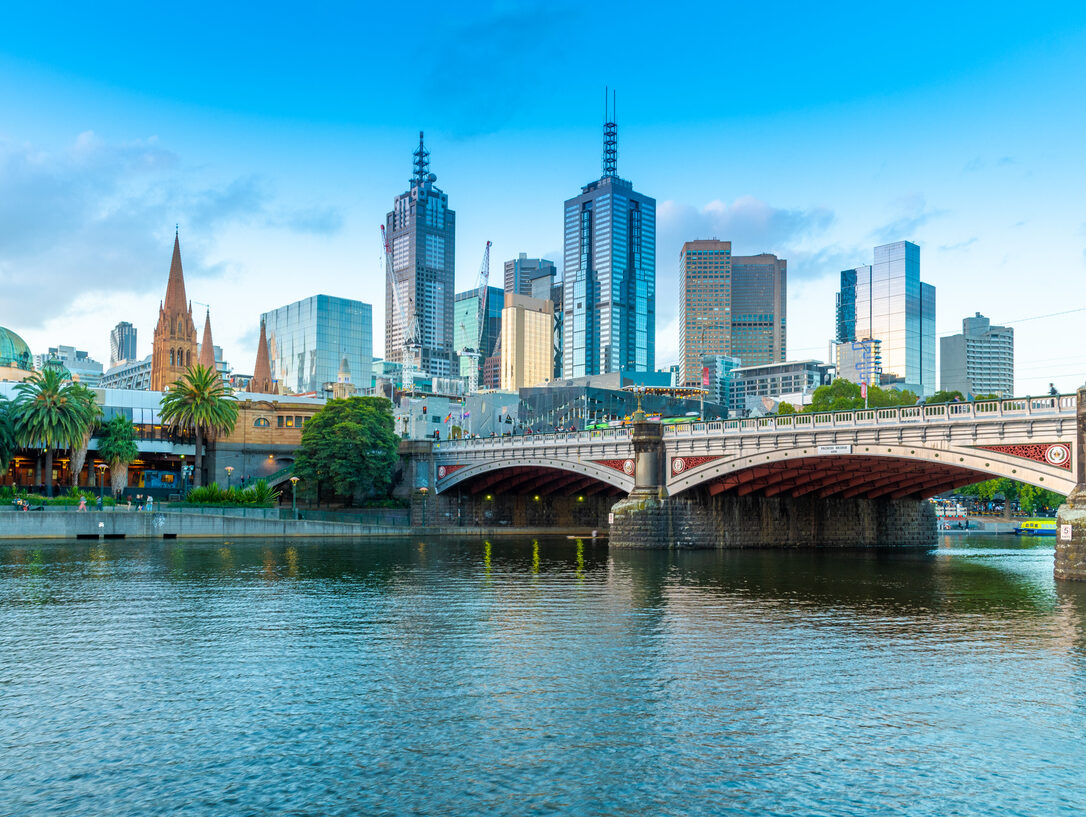The concepts of controlling customer smart thermostats or nudging customer behaviors to shift loads outside of peak demand periods are heavily utilized in the management of the electric grid. Yet residential load management – or demand response (DR) – is a tool that historically has not been utilized in the management of supply of natural gas. But that looks to be changing.
The Underexplored Opportunity
Almost as if they spurred on the market, the Brattle Group released a study in 2018 arguing that polar vortex events and the stress they place on natural gas grids – typically resulting in wholesale price spikes – presented an opportunity to leverage DR as part of the solution. In particular, they highlighted gas DR has the potential to:
- Help reduce sharp increases in gas and electric price spikes in the short-run and improve electric sector reliability (which relies upon gas for peaking generators)
- Drive long-term value by deferring or avoiding costly gas grid investments
- Provide environmental benefits by displacing oil in electric generation by freeing up cleaner natural gas, and in the long term by avoiding a natural gas “lock-in”
Rather than relying on adhoc behavioral interventions, the Brattle study highlighted that the industry could expect even better results when coupled with devices such as smart thermostats, which allow for remote control of gas furnaces–ultimately creating a more dependable residential DR resource. In fact, researchers at the National Renewable Energy Laboratory (NREL) and US Department of Energy found that gas DR with residential smart thermostats could reduce demand by 1-14% during extreme cold-weather conditions.
A Growing Need
By 2023, New York utility ConEd estimates it will only be able to meet 78% of its peak-day demand, based on firm pipeline contracts. Given regulatory challenges around adding pipeline capacity, ConEd has started looking at alternative measures like DR to help ensure supply in the future. As a result, in 2018 the NY Public Service Commission approved ConEd to run a 3 year residential gas DR pilot program with smart thermostats.
The North American Electric Reliability Corporation (NERC) advised that “extreme weather could result in natural gas shortages and challenges to grid reliability in New England and California” due to reliance on natural gas powered peaking generators this winter. The challenge is further exacerbated by the uncertainty of the pandemic on growing demand, and the lack of storage and redundancy in natural gas supply infrastructure.
Learning From Trailblazers
Responding to backbone pipeline constraints and reduced availability of its Aliso Canyon facility, Southern California Gas launched North America’s first residential gas DR program in 2017. Growing to more than 44,000 enrolled customers, the program targets short-term 4-hour events by dispatching temperature setbacks on customer smart thermostats. While the program has been credited with proving smart thermostats can be used to reduce gas demand during targeted periods of time, Nexant has highlighted that the “snapback” effect can significantly undermine daily savings. Unlike in the electric system where peak demand relief is typically only required for 2-4 hours, constraints in natural gas infrastructure can typically last for 24 hours. Therefore, while gas consumption was reduced by 15% during the 4-hour event window, the daily savings were only 1-2%. During winter 2019/2020, ConEd also found the snapback effect to be problematic, reducing event savings by 52% on average.
Off the back of its successful summer electric smart thermostat DR program, Consumers Energy launched a gas DR pilot in winter 2020/2021 with 3,000 residential customers. The program will test both short-duration (4-hour) DR events like those run by ConEd and SoCalGas, as well extended (24-hour) DR events. The latter specifically draws on Uplight’s experience of running daily “energy efficiency” (EE) optimizations with its Orchestrated Energy platform to save 9 to 16% of heating energy use in a home, on top of the deemed EE savings of smart thermostats. By learning individual customers’ comfort preferences and the thermal capacity of a home through normal operation of the smart thermostat, this approach allows for maximizing gas demand reduction for the duration of day-long events, while maintaining customer comfort to avoid overrides and dissatisfaction.
Will it Spark or Fizzle?
While still in its infancy, there is no doubt that residential gas DR shows a lot of potential for the industry – particularly in regions with current or emerging pipeline or storage constraints. Early pilots have also shown that customers are willing and interested in participating. There is also the potential for dual fuel utilities to stack energy efficiency rebates alongside electric and gas DR participation incentives to reward customers for participating, as well as improve the cost effectiveness of each.
As natural gas utilities and regulators look to evaluate the potential for gas DR in their region, they should:
- Assess the gas supply curve and contingency scenarios (e.g. one in ten years) to determine the regional need, potential, cost, and timing of gas DR to allow for incorporating infrastructure planning and comparing against alternative solutions
- Assess regional policy and regulations that may inadvertently be creating a barrier or disincentive to natural gas utilities running residential DR programs (e.g. disproportionately incentivizing capital investments over demand side management alternatives)
- Work with industry – including aggregators, third-party evaluators, smart thermostat manufacturers, and smart water heater controller manufacturers – to inform program design and implementation strategies based on best practices and insights from other programs
- Continue working with experienced residential DR solution providers to pilot, evaluate and scale programs
While the use of residential DR for gas networks is new, there is clearly a growing need to manage limited gas resources. While it might seem overwhelming for asset managers on where to start, looking to existing DR gas programs can help a utility start small, test and learn, and then build up their capability. By doing so the natural gas industry can follow the path of their electric cousins, and create a true win-win for utilities and customers alike.





